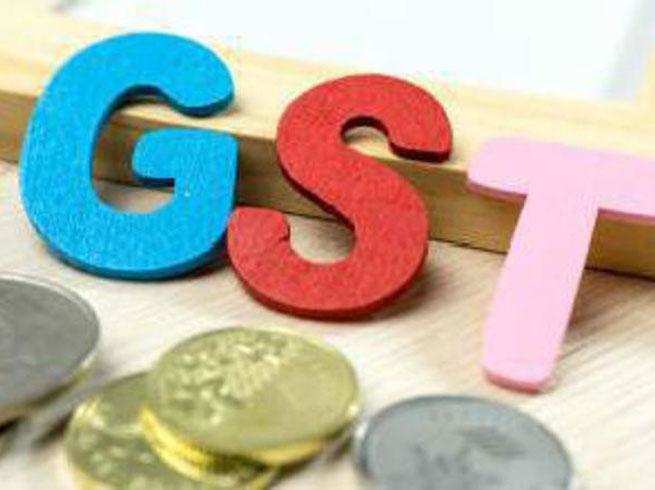Why you must rent out your flat on licence not lease
 By: Shaveta Dua, Magicbricks Bureau
By: Shaveta Dua, Magicbricks BureauSquatters are every landlord's worst nightmare. As buying their own
real estate is out of reach for a large number of people in the country, we often hear stories of tenants illegally occupying prime properties. If the squatter refuses to vacate your property, it normally translates into a protracted court battle or an out-of-court settlement arrived at on terms that may not necessarily be favourable to you. However, fret not as there is a way out: Leave and
Licence Agreement.
A landlord can give his property either on 'Leave and Licence' or '
Lease'. Although these two terms are often used interchangeably in layman's parlance, they are inherently different.
While a licence, defined under Section 52 of the Indian Easements Act, 1882, gives permission to the licensee to use the property, Section 105 of the Transfer of Property Act, 1882, defines lease wherein a tenant has exclusive possession of the property for a specified time period to the exclusion of everyone, including the owner.
Under the Lease Agreement, a landlord gives full possession of his property for a certain period on a fixed amount to the lessee. The tenant can remain in possession of the property till the lease contract gets terminated but under the Leave and Licence Agreement the landlord has the right to enter and use the property and the licensee can't object to this.
"Mere labelling any such document as Lease or Licence does not make it so. There are certain characteristics that separate one from the other. In the case of a dispute, the court looks at the clauses in the contract and the intent of the parties concerned," says lawyer Akshat Pande of Noida-based law firm Alpha Partners.
"At the onset, it's important to label it as a 'Leave and Licence' Agreement and not 'Lease' Agreement. Instead of writing landlord and tenant in the Rent Agreement, it is advisable to write licensor and licensee, so it does not show an exclusive possession to the person who has taken the house on rent. Apart from that, there are other standard clauses which give full right to the property owner over his property," says Rani Wilfred, Managing Director of Pune-based property consultancy Prime Realty and Property Management Pvt Ltd and head of Real Estate Women's Association, India.
Although a licence is generally used to rent out commercial properties in the country, it is a popular way to rent out flats in Maharashtra, especially in cities like Mumbai, where space is at a premium.
Sudip Mullick, Partner, Khaitan and Co, adds: "A Leave and Licence principally does not create any right in the premises in favour of the tenant. The Agreement usually includes a clause to provide that no possession is being given and one set of keys will remain with the landlord. A landlord may not necessarily keep one set of the keys but such a clause is added to demonstrate that no interest or title is created in the premises or possession of the same is delivered to the licensee." In Maharashtra, the general practice is that the Stamp Duty and registration charges are borne by the licensee or shared equally by the parties.
Mullick adds that it is the best mechanism to encourage people to protect their premises from being usurped by tenants. "Tenants may act foul and deprive the landlord of the fair market price by squatting in the premises and claiming rights of a protected tenant. There is capital appreciation of properties but owing to the protected tenant laws in the country, courts often rule in favour of the tenant," maintains Mullick.
So, why is there less awareness about this type of agreement? "I think it is due to ignorance of the people. This system ought to be made popular in the rest of the country, including metros and Tier I cities, because many people don't give their properties on rent fearing unfair claim by the tenants and long drawn litigation," explains Mullick. . But Pande feels that owing to a high licence fee in many states of the country, property owners see a merit in Lease Agreements. "In many states licence is not subject to Stamp Duty but is as costly as Stamp Duty. This is a big deterrent," sums up Pande.
In Delhi, Stamp Duty is a little steep at 2% of the total rent paid for a period of five years along with separate registration charges of Rs 1,100. But in Maharashtra, the Stamp Duty is nominal at 0.25% of the total rent paid and 10% of refundable security deposit per year for the 5-year period which is to be paid by the licensee. "After the 5-year period, the parties have the option to convert it into a Lease Agreement or renew the Leave and Licence Agreement for another five years," says Wilfred.
A regulation structure under the draft Model Tenancy Act has also been drafted by the government of India for
residential and commercial properties in the country. The proposed law tries to balance the rights and duties of both landlord and the tenant under a rental contract.
The draft talks about setting up of rent courts, rent authorities and rent tribunals by the Centre, states and Union territories on the principle of "natural justice".
But if one wants to avoid any legal hassle related to overstaying tenants, Leave and Licence is the best bet. After all, it's better to be safe than sorry.
 By: Ravi Kumar Diwaker (Magicbricks Bureau)
By: Ravi Kumar Diwaker (Magicbricks Bureau) NEW DELHI: The Narendra Modi government has pumped in three and half times more investments than the previous UPA government to improve basic urban
NEW DELHI: The Narendra Modi government has pumped in three and half times more investments than the previous UPA government to improve basic urban  By: Shaveta Dua, Magicbricks Bureau
By: Shaveta Dua, Magicbricks Bureau